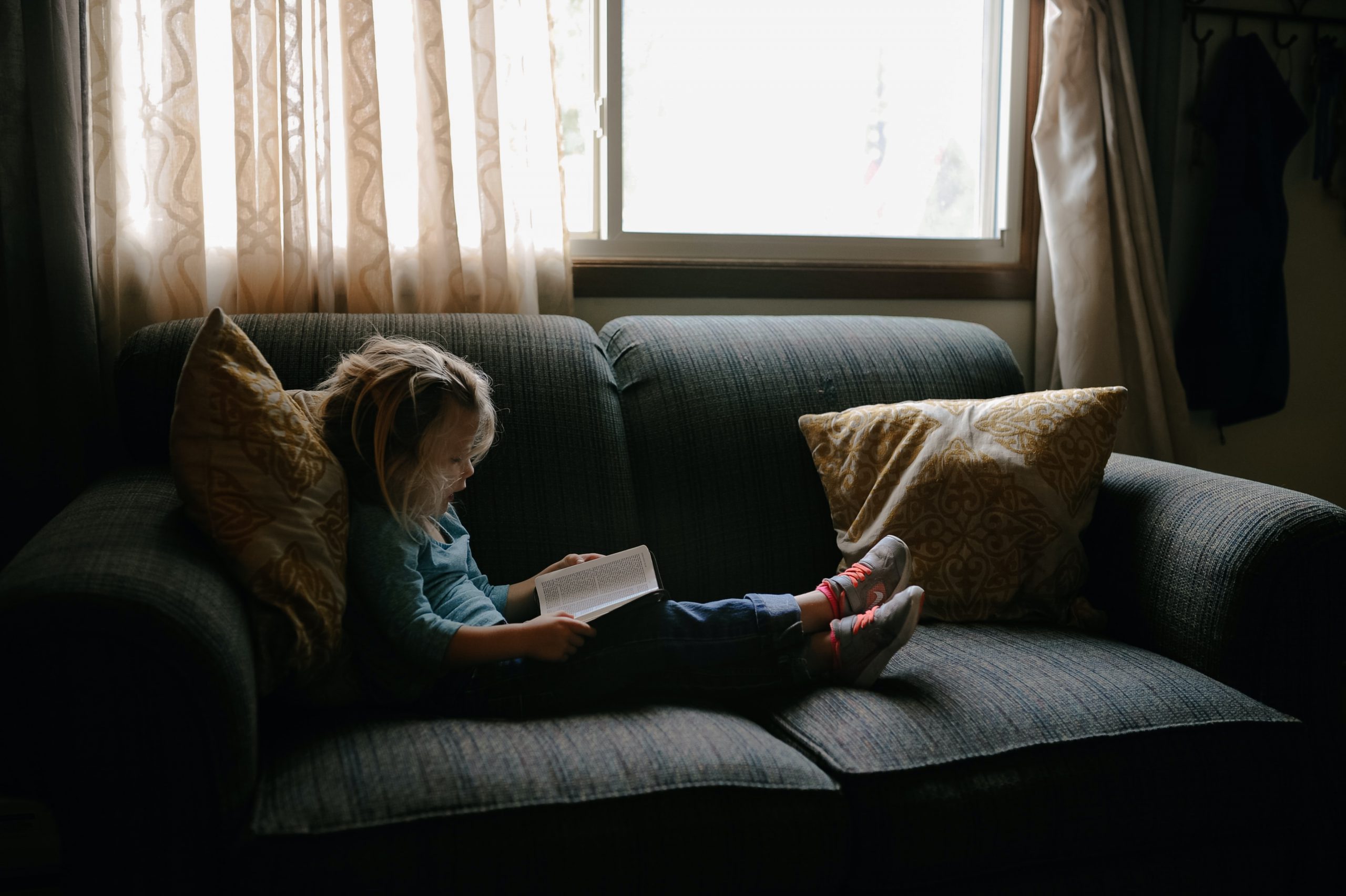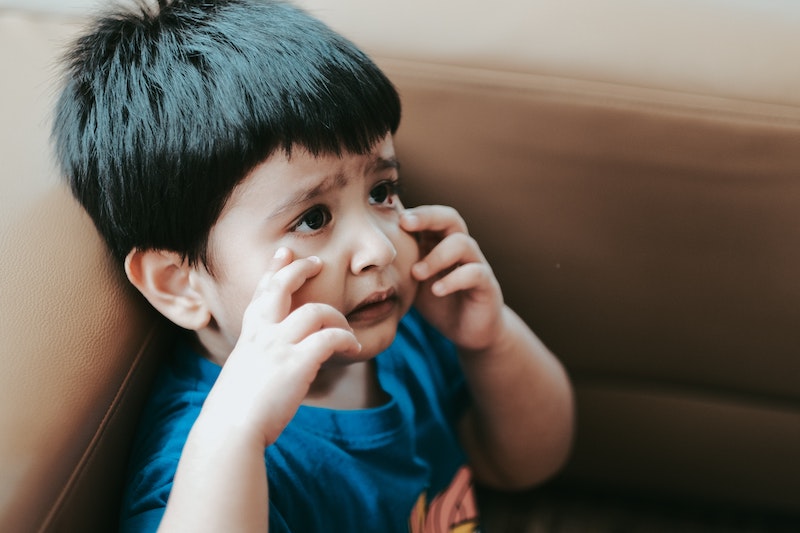It’s summer time! Here are 5 activities guaranteed to help you make the most of this summer, no matter what age your kids are.
[…]
Top 5 Kid-friendly Activities for Summer 2021


It’s summer time! Here are 5 activities guaranteed to help you make the most of this summer, no matter what age your kids are.
[…]
Spring has come and summer is just a few short weeks away! The longer, warmer days are a wonderful respite from a winter which felt like it would never end. But spring comes with a price… allergies. You step outside into the warm glow of the sun only to be smacked with a sneezing or coughing fit from those new pollinated buds of spring. The American Academy of Allergy, Asthma, & Immunology has verified that allergy season is both getting longer and more severe every year. So just when it’s the perfect time to play outside and the kids are […]

In the last year, due to the pandemic, we’ve spent a lot of time talking about hygiene. We know the importance of washing our hands, disinfecting high-touch surfaces, and staying socially distanced to lower the spread of germs. But, one topic that hasn’t been discussed quite as much is the importance of good sleep hygiene. Sleep hygiene, or the habits and practices that help us get a good night’s sleep, is an essential part of promoting good health. Yet, despite knowing the importance of sleep, 70% of American adults and nearly 50% of children don’t get enough sleep. Signs of Sleep Disruption According to […]

Perhaps you are a parent who has been juggling virtual learning while working from home. Or you’re a child care provider who has not yet streamlined your communication process with ChildWatch. Either way a year has passed since the first COVID-19 lock downs and children’s education seems to only have gotten more complicated. It has been a challenging year all around for parents and childcare providers alike. Many children have gotten more screen time than anyone would have hoped or planned. If you are taking care of a child or children, it is completely understandable to feel that you are […]
February is National Heart Health Month! Staggeringly, heart disease is the leading cause of death for men and women in the United States. Therefore, helping teach children the importance of maintaining good heart health in their childhood and beyond so they can enjoy a good quality of life is of the utmost importance. It has been proven that meeting personal health goals is most successful with the support of others, so being equipped with information about heart disease in educating children is extremely beneficial. What is heart disease? Each year, more than 610,000 people die of heart disease in America. […]
As 2021 begins to unfold, many schools are beginning to transition back to in-person learning, which is great news for everyone. Of course, the highest priority remains keeping students, teachers, and staff as healthy as possible, especially since vaccines may likely not be available to students this school year. Thus far, in-person learning does not seem to increase the spread of the novel coronavirus. Wondering how you can do your part as parents to keep your kids healthy as they transition back to in-person learning? Here are some tips for you: Make sure your child is up to date on […]
Children experience many of the same emotions that impact adults, but as they get older, they are in a continuous process of learning how to understand and properly manage them. Identifying which emotion they are experiencing is the first step, and only then can they begin to express them in a healthy way. Through these efforts, a child’s emotional intelligence can truly blossom. (It’s also important to note that an adult’s reaction to a child’s expression of the emotions they’re feeling impacts how their emotional intelligence develops. Validating (rather than dismissing) a child’s feelings while they’re growing is crucial.) The […]
The holidays are fast approaching, and as COVID cases rise in the U.S., there is an urgent need to rethink how we gather in groups (and perhaps get a little creative). That said, we believe there’s a unique opportunity to “pivot” and still make things fun, easy, and most of all, safe for children and your family during the holiday season. Here are some of our favorite ideas! Make a gratitude journal or chain. Talk about gratitude with your children and emphasize the importance of remembering how powerful it is to think about things we’re grateful for on a regular […]

As a follow-up to September’s blog post on Childhood Obesity, we wanted to expand on ways you can keep your child active and healthy. With busy schedules and growing demands as children get older, it becomes more and more difficult to stay active, but its importance need not be understated. Being physically active every day is crucial for children to avoid health problems, while also managing bodyweight and building a strong body and mind. Of course, there are several ways to stay active. Here are a few of our favorite tips to cultivating an active lifestyle in children: Perhaps most […]

When it comes to bullying, early care providers have a key role in teaching children how not to bully and how to respond when they feel they are being bullied. […]